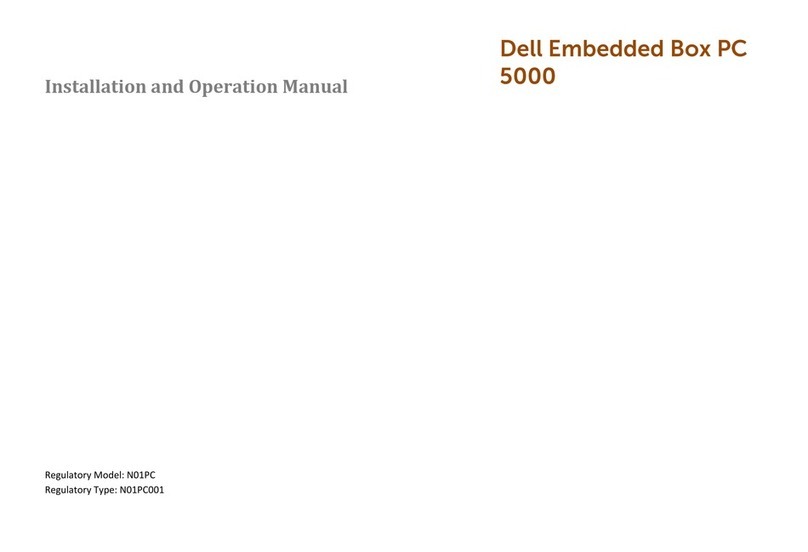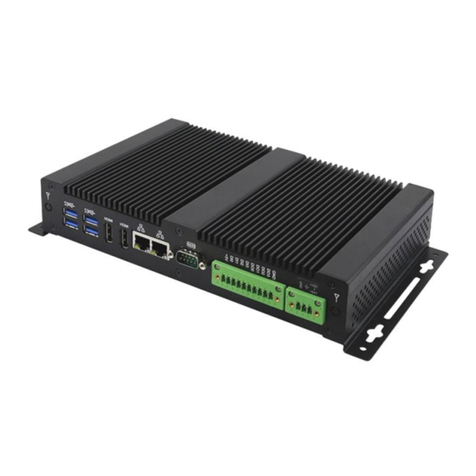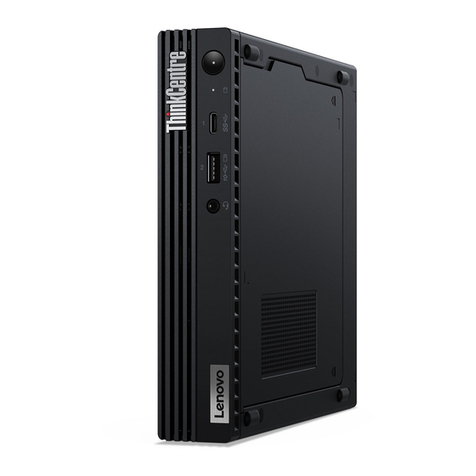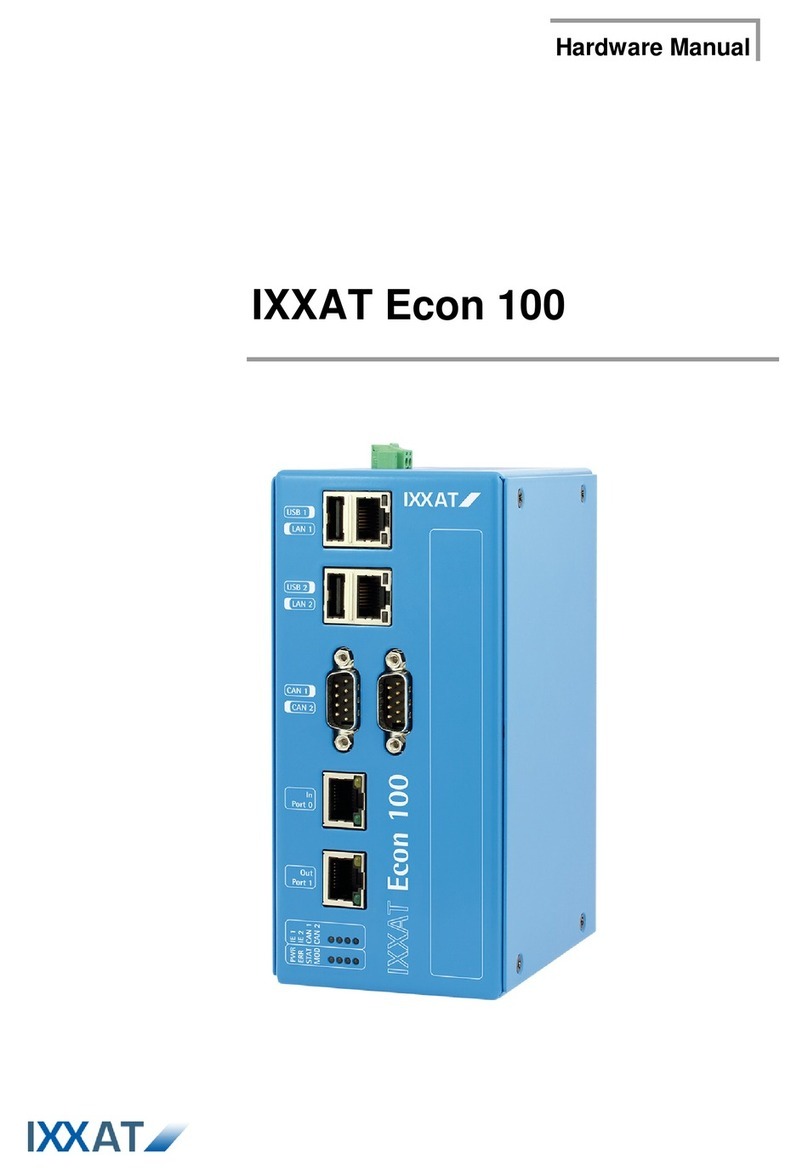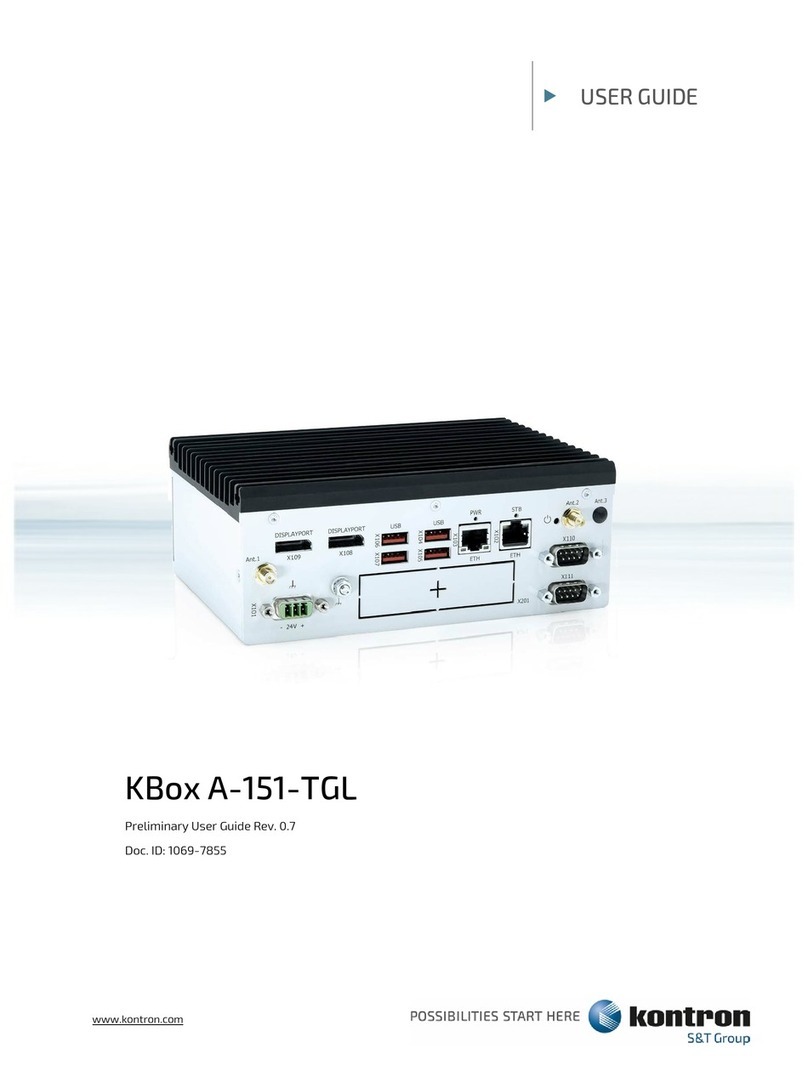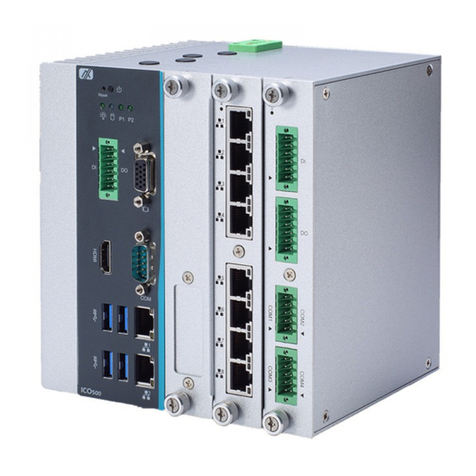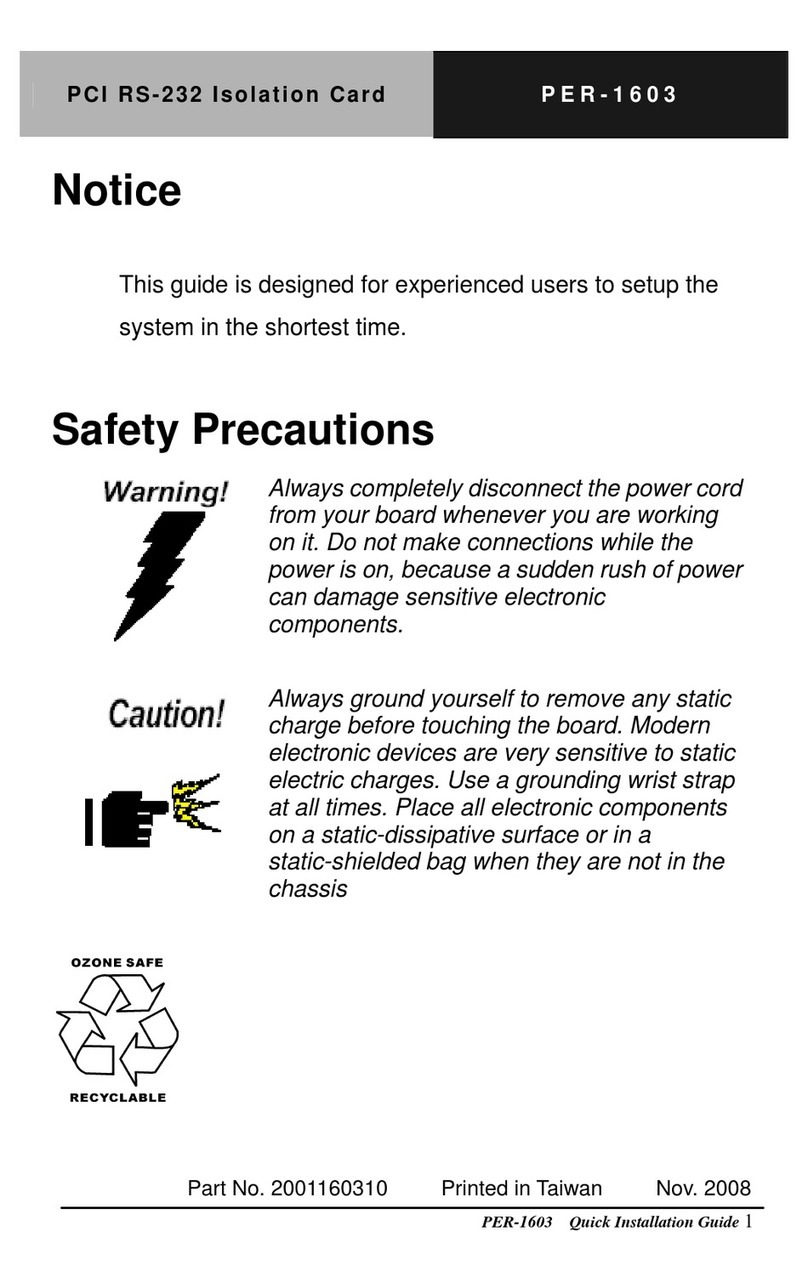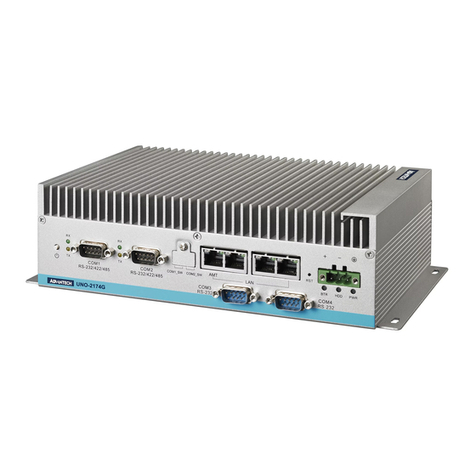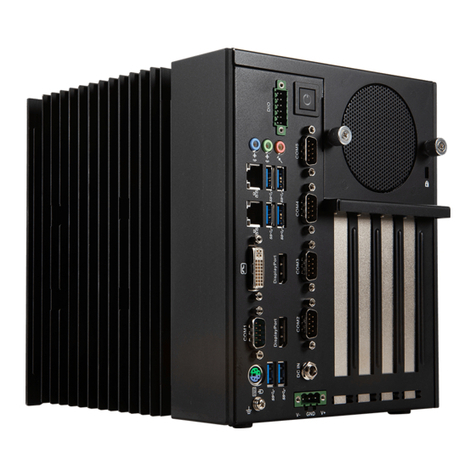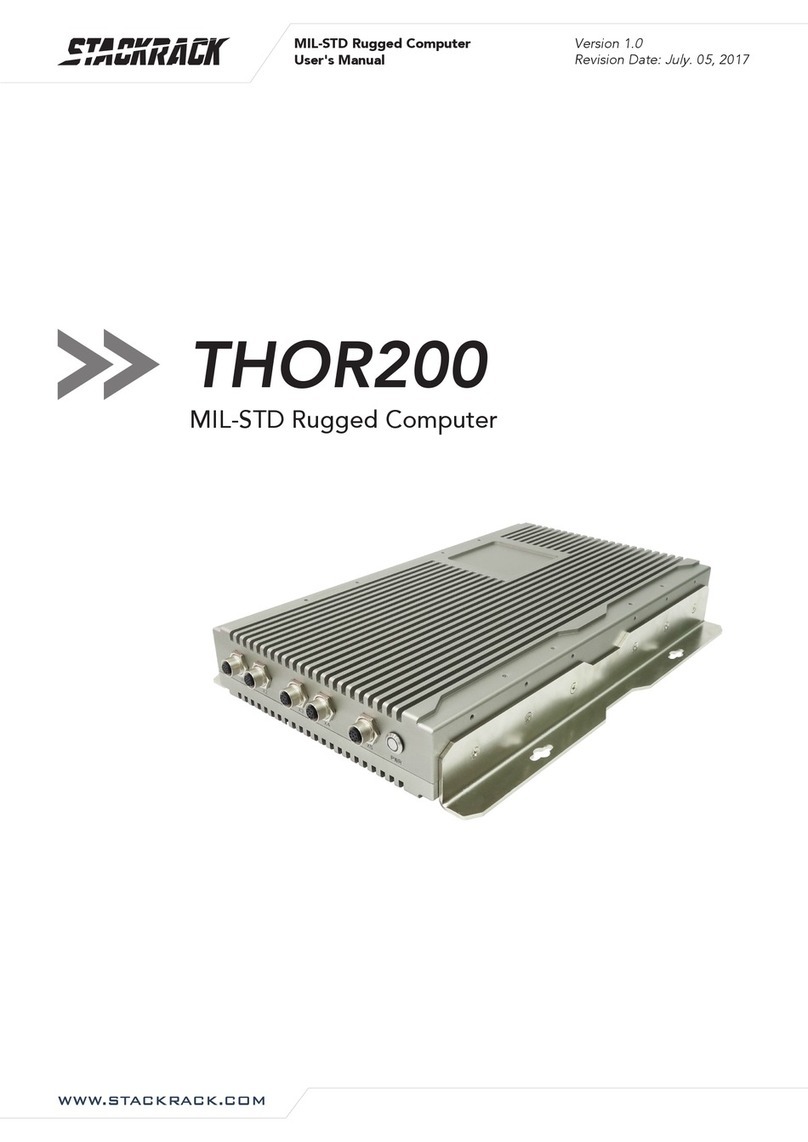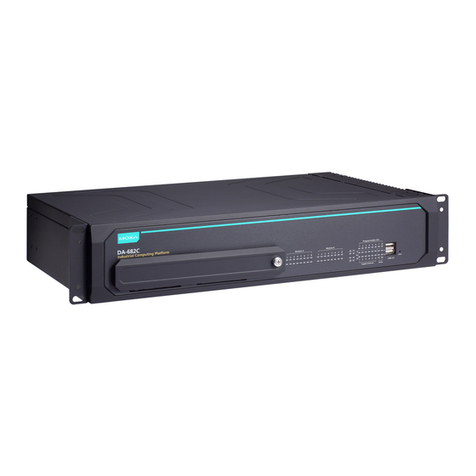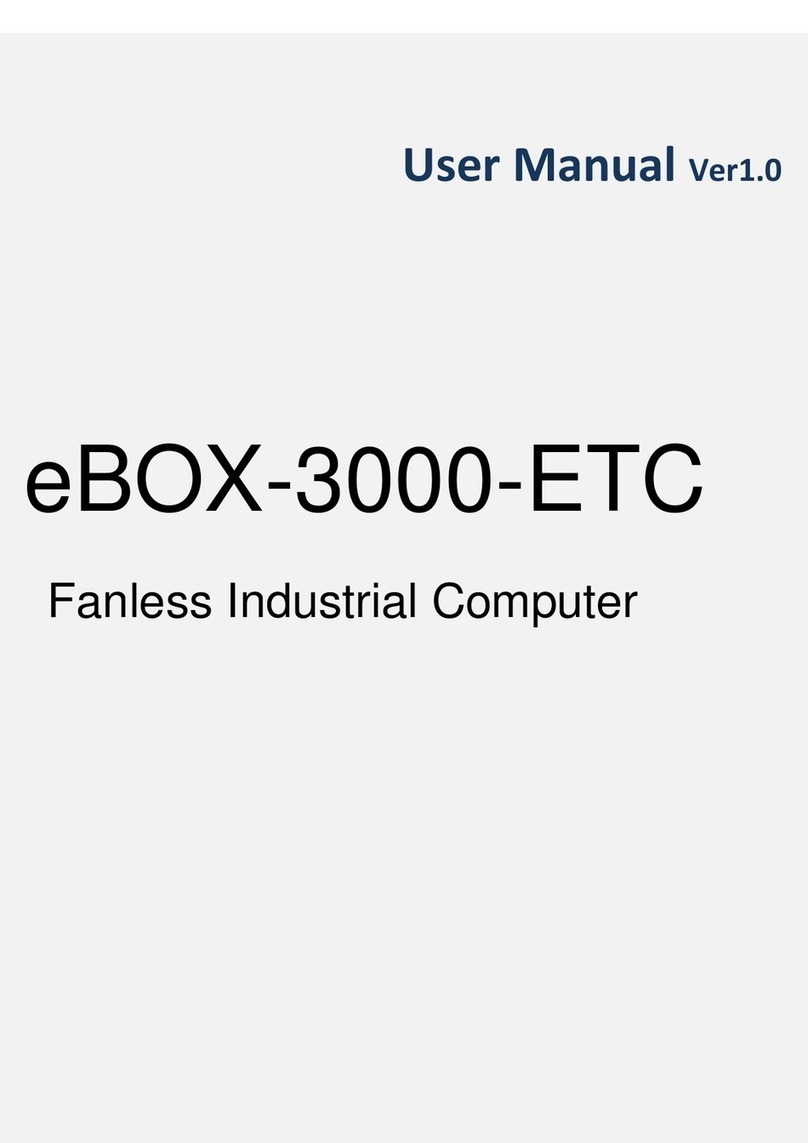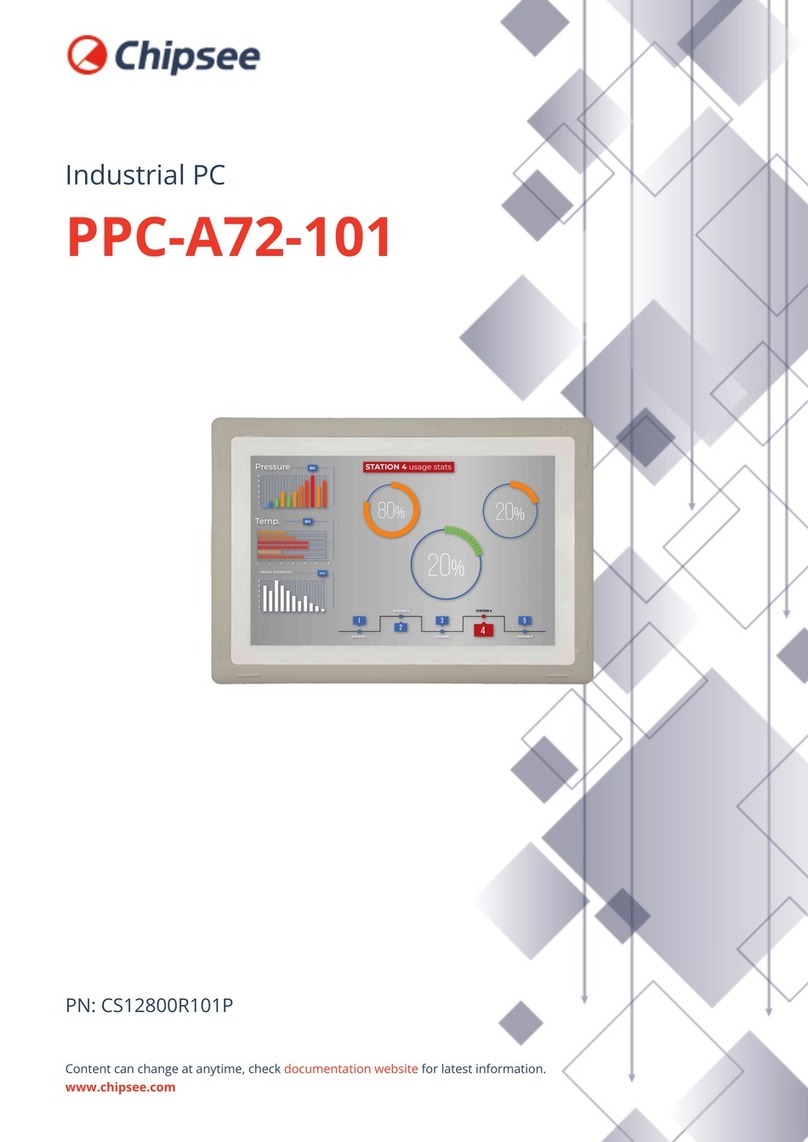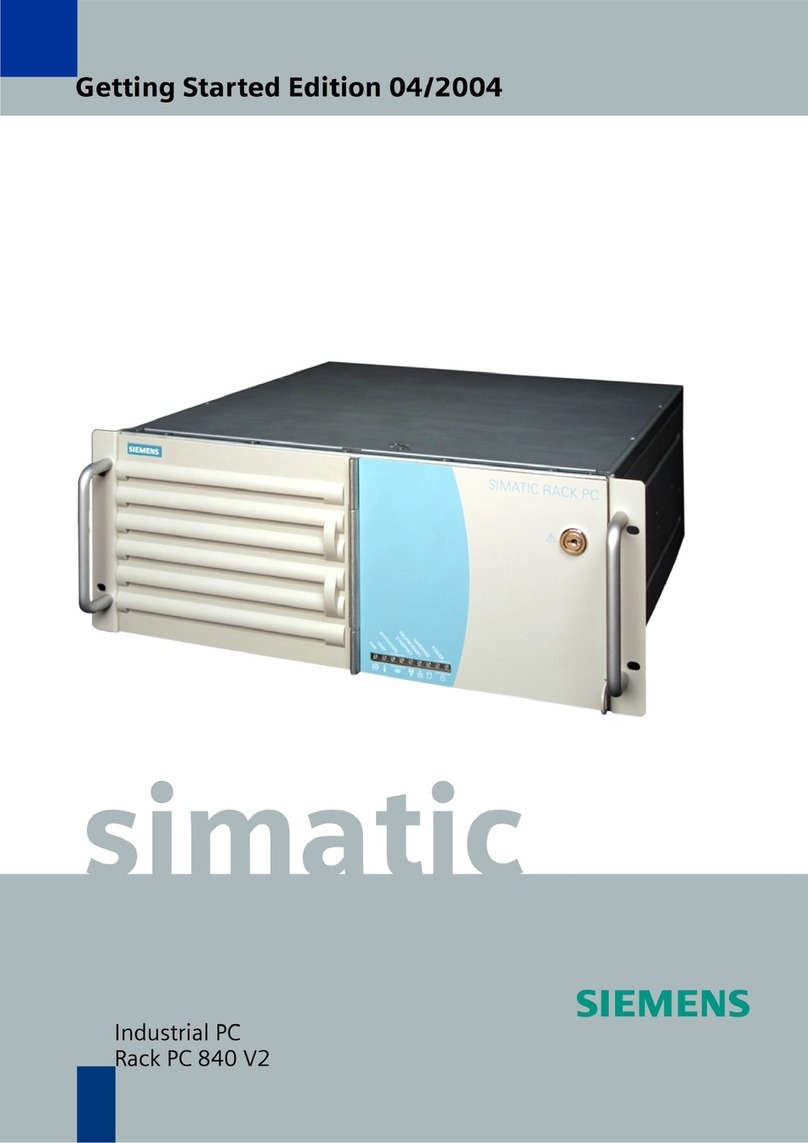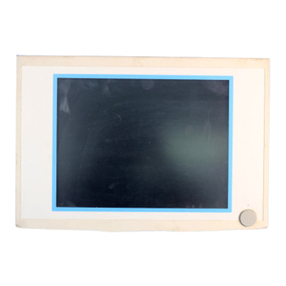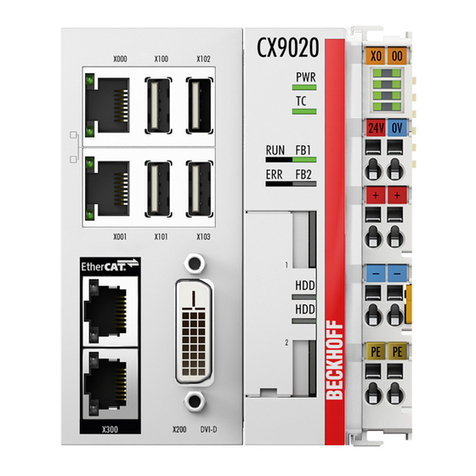
深圳市派勤电子技术有限公司
凝聚物联智慧 引领智能地球
www.piesia.com 此内容仅供参考,最终解释权归本公司所有
目录
Chapter1:Product introduction............................................................................... 错误!未定义书签。
1.1 Product Mainfeatures................................................................................... 错误!未定义书签。
1.2 Physical picture............................................................................................................................. 8
1.3 Hardware Description..................................................................................................................... 9
Chapter2:Installing introduction......................................................................................................... 11
2.1 Mini Computer layout................................................................................................................... 11
2.2 Motherboard layout....................................................................................................................... 12
2.3 Installing introduction............................................................................. 错误!未定义书签。
2.3.1 Installation steps......................................................................... 错误!未定义书签。
2.3.2 Memory installation....................................................................... 错误!未定义书签。
2.3.3 Jumper function setting............................................................... 错误!未定义书签。
2.3.4 CMOS Clearance/Remaining............................................................. 错误!未定义书签。
Chapter3:PIN、IO Interface..................................................................................................................... 15
3.1 Mini PC Ports layout................................................................................................................... 15
3.2 Motherboard's Front panel Port Layout................................................................................. 16
3.3 Motherboard's Backpanel Port Layout..................................................................................... 17
3.4 PIN distribution........................................................................................................................... 18
3.4.1 CPU_FAN1............................................................................................................................. 18
3.4.2 SYS_FAN1............................................................................................................................. 18
3.4.3 SPDIF1................................................................................................. 错误!未定义书签。
3.4.4 FP1....................................................................................................................................... 19
3.4.5 RTC1..................................................................................................................................... 19
3.4.6 JP2....................................................................................................................................... 19
3.4.7 BAT1..................................................................................................................................... 20
3.4.8 AUDIO1................................................................................................. 错误!未定义书签。
3.5 Ports Introduction....................................................................................... 错误!未定义书签。
3.5.1 DC_IN3、DC_IN1、DC_IN2................................................................. 错误!未定义书签。
3.5.2 DDR3..................................................................................................... 错误!未定义书签。
3.5.3 USB....................................................................................................... 错误!未定义书签。
3.5.4 SIM2..................................................................................................................................... 22
3.5.5 HDMI1................................................................................................................................... 22
3.5.6 DP1....................................................................................................................................... 23
3.5.7 COM1..................................................................................................................................... 23
3.5.8 LAN1、LAN2......................................................................................................................... 24
3.5.9 SATA2................................................................................................................................... 25
3.5.10 HD_P1................................................................................................................................... 25
3.5.11 M_PCIE1............................................................................................................................... 26
